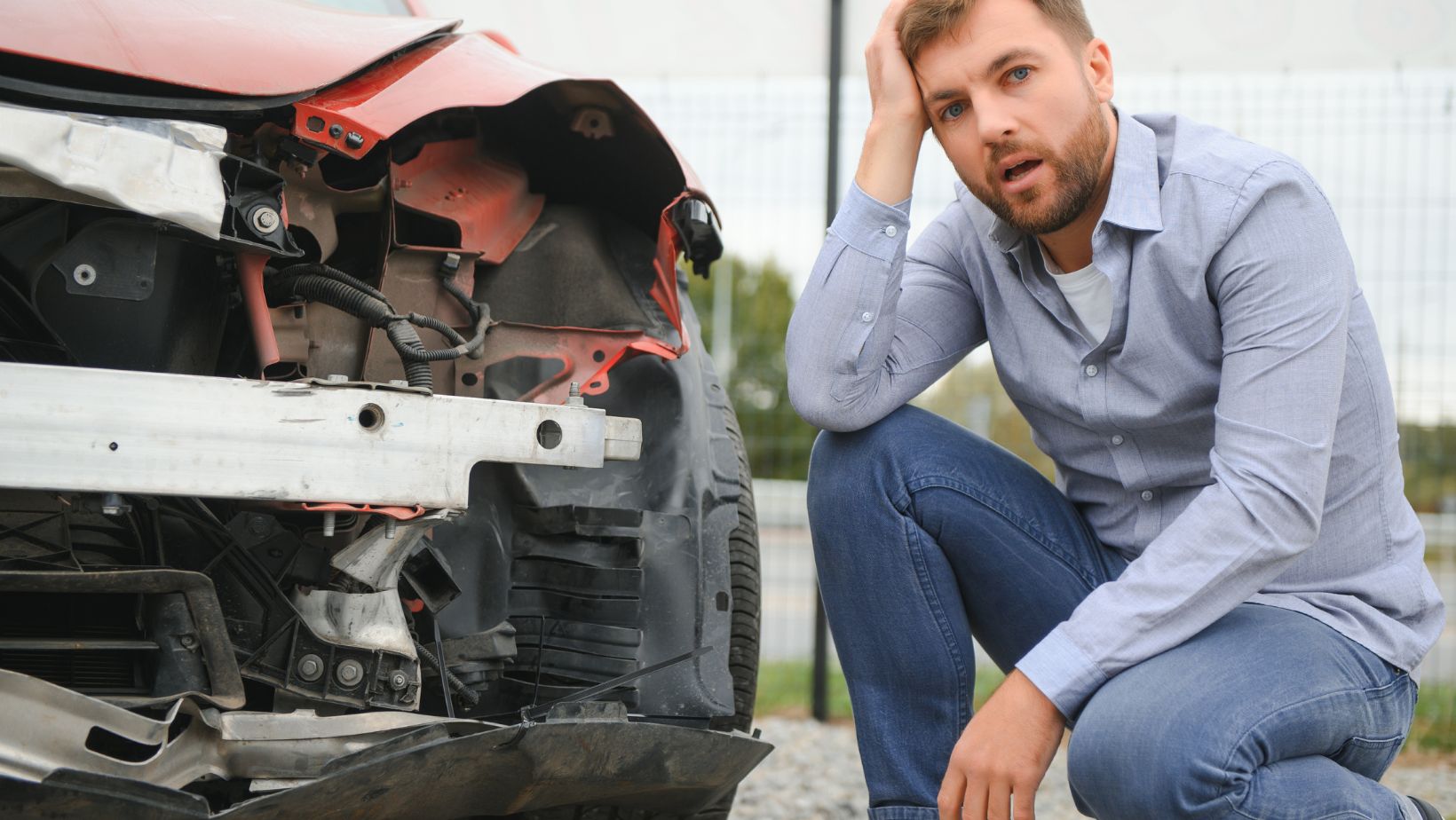
10 Tips for Preventing Car Accidents
Car accidents occur daily, and while some are minor and result only in property damage, others can be severe, even fatal.
Taking steps in your daily driving to avoid auto accidents can dramatically lower the chances of you being involved in a serious car accident.
Below, we cover 10 driving tips for avoiding car accidents, some of which you can apply to your daily driving immediately.
#1 Defensive Driving Techniques
Defensive driving techniques, often taught in defensive driving courses, help keep you and others safe by anticipating hazards, staying calm in stressful situations, and developing a focused approach behind the wheel.
By keeping a safe following distance, staying alert to traffic signals, and avoiding distractions, you reduce the chance of car accidents for both yourself and other drivers.
Additionally, taking defensive driving courses helps build confidence on the road, improve driving skills, and could even make you eligible for cheaper insurance premiums.
#2 Have Predictable Driving Habits
Predictable driving means signaling early, keeping a steady speed, and obeying posted limits. When pedestrians and other drivers can read your intent, they respond calmly, reducing the odds of a car crash.
Key habits to keep your driving predictable include:
- Signal at least 100 feet before turning.
- Maintain a constant speed within the lane and reduce speed when necessary.
- Change lanes smoothly and check blind spots.
- Yield to pedestrians at crosswalks.
- Be cautious in parking lots and anticipate sudden stops to avoid collisions.
- Adjust your speed for weather conditions and heavy traffic.
#3 Properly Maintain Your Vehicle
Keeping tires properly inflated, brakes in good working order, and vehicle fluid levels topped off can dramatically reduce the risk of a sudden failure on the road.
Regular maintenance saves lives, insurance costs, and can prevent a total vehicle breakdown that could have otherwise been prevented with proper maintenance.
#4 Managing Driver Distractions
Managing distractions while you’re driving is essential for the safety of yourself, your occupants, and others on the road. By staying focused on the road, you reduce the risk of car accidents caused by phone use, eating, or other interruptions.
Simple habits, such as setting your phone to Do Not Disturb, planning meals before departure, and doing your makeup before driving, can help keep your mind on driving, reducing the risk of motor vehicle accidents.
#5 Adapt to Adverse Weather Conditions
The weather can change quickly, requiring drivers to adjust their habits and vehicle settings while remaining attentive. From sudden rain to foggy mornings, staying alert and prepared helps avoid auto accidents caused by adverse weather.
To prepare for poor weather while driving, ensure proper tire tread, functioning brake lights, and a well-stocked emergency kit in case you find yourself lost or facing a vehicle breakdown.
Also, when driving in bad weather, reduce your speed, maintain a safe following distance, and let your tires breathe. Wet and icy roads increase stopping distance, so give yourself extra time, and consider avoiding driving if visibility is low or if the streets are too wet.
Extra tips for driving in the rain are:
- Use headlights to stay visible, but avoid glare from oncoming traffic
- Keep your windshield clear with proper washer fluid
- Never drive at high speeds that risk hydroplaning
#6 Follow the Speed Limit and Avoid Tailgating
Maintaining a safe speed is essential for reacting to sudden changes on the road, while keeping a proper following distance prevents dangerous rear-end collisions.
By balancing speed with a safe following distance, drivers can reduce the risk of accidents and create a safer driving environment for everyone.
#7 Seatbelt and Passenger Safety
Seatbelts are the first line of defense in the event of a car accident, keeping occupants in place and reducing the severity of injuries.
Proper use of seatbelts has to be mandatory for all passengers, especially children, and a seatbelt check should become a habit before every journey.
If you have a young child who has to use a child seat, ensure you secure the booster seat with the vehicle’s seat belt or, even better, a LATCH system. Additionally, never allow your child to ride in a child seat that is too large for them.
#8 Maintaining Safe Following Distances
Keeping a safe following distance is essential for preventing rear-end collisions and giving drivers time to react to sudden stops, especially in congested traffic or adverse weather.
By allowing extra space between vehicles, drivers can reduce the risk of car accidents and maintain smoother traffic flow.
To ensure you have a safe following distance to the vehicle in front of you, employ the one-second rule, which can be done by:
- Keep a one-second gap at 30 mph
- Increase by two seconds above 30 mph
- Extend the gap in rain or heavy traffic
#9 Have Nighttime Driving Precautions
Driving after dark presents unique challenges and dangers that demand extra vigilance. Reduced visibility, glare from headlights, higher crime rates, and increased fatigue can all raise the risk of car accidents.

When driving at night, keep your eyes on the lane, especially when making turns, use the dimmed headlights, and avoid long stretches without a break.
If you feel drowsy, pull over to a safe spot, stretch, and switch drivers if possible. If you’re alone, a quick 5-minute walk can reset your alertness before you resume the journey.
#10 Preventing Road Rage and Aggressive Behavior
As a driver, when you feel provoked, pause and take a deep breath before reacting. A calm mindset reduces the urge to honk or speed. If another car is tailgating or cutting you off, move to a different lane or pull over to a safe spot to create space between you and the aggressive driver.
Changing your route can also defuse tension. A quick turn or exit may separate you from the aggressive driver.
If the situation escalates to where you feel that your life is threatened, call local authorities with the vehicle description and location. Never pull over to argue; instead, keep a safe distance and let law enforcement handle the aggressive driver.
Your Legal Options When Involved in a Car Accident
Some car accidents are unavoidable, such as if a reckless driver ran a traffic light and T-boned you.
When you are the victim of a motor vehicle accident, you can’t allow it to financially ruin you through the ever-growing medical bills, lost wages, and out-of-pocket expenses.
Instead, you must explore your legal options, which could start by scheduling a free consultation with car accident attorneys in your area, as those injured in Las Vegas car accidents do, by consulting with the Rodney Okano Car Accident Lawyer Law Firm.
However, when consulting with an attorney, ensure they have experience and good communication skills.















